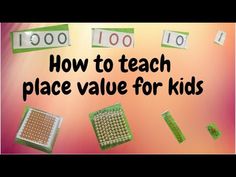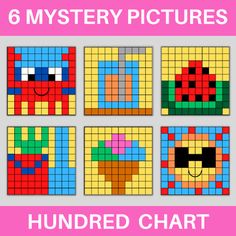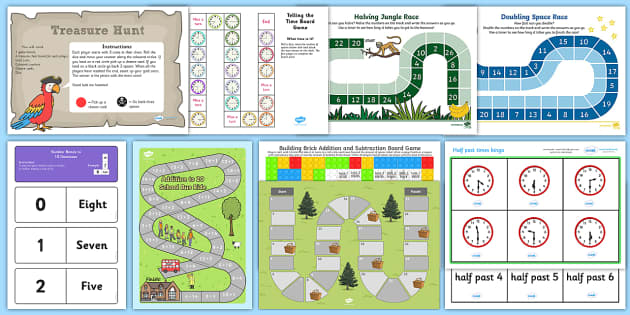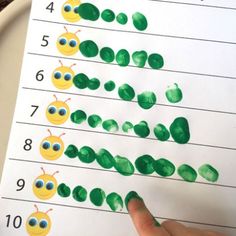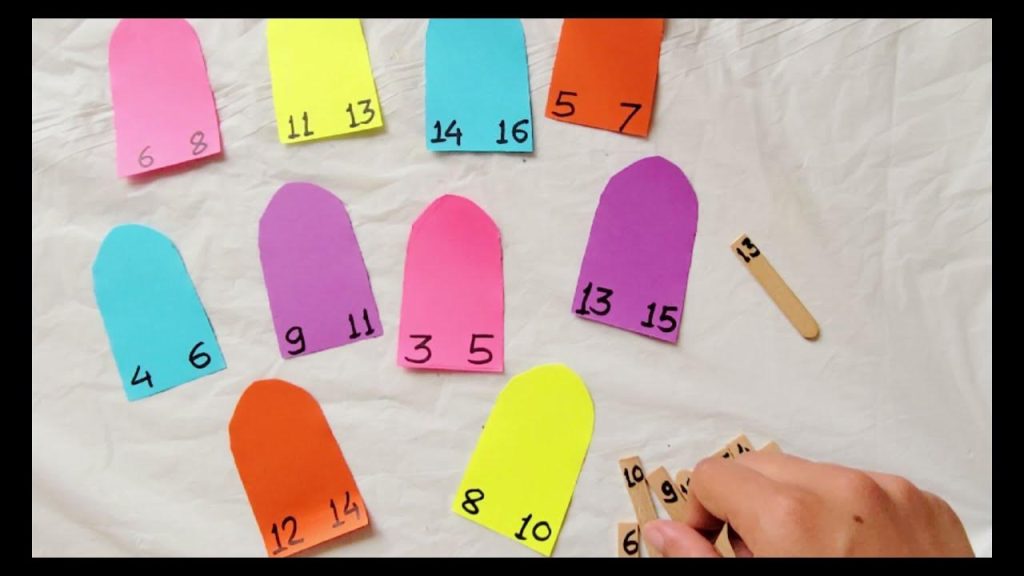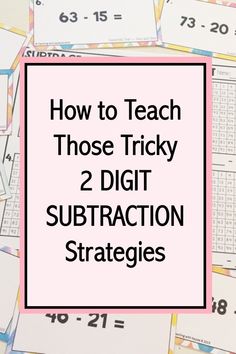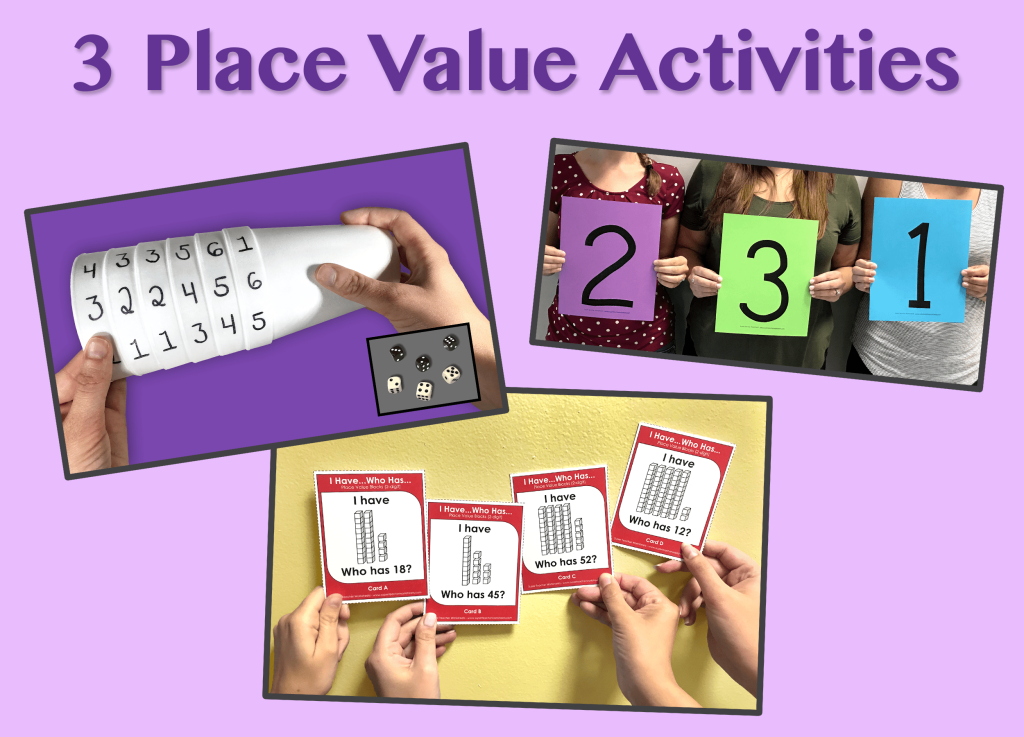Introduction:
Teaching place value is an essential skill for students to understand the base-ten numerical system. While it may seem like a dry topic, there are plenty of fun and creative ways to engage students in learning place value. By using hands-on activities, interactive games, and real-world examples, educators can make this concept more accessible and enjoyable. In this article, we will explore a variety of strategies to teach place value effectively while keeping the learning process exciting.
1.Build a Place Value Chart:
One of the simplest yet effective ways to introduce place value is by using a place value chart. Create a large chart on the classroom wall or provide individual charts to each student. Demonstrate how each digit’s position represents a specific value, from ones to thousands. Encourage students to interact with the chart, identifying and manipulating numbers to reinforce their understanding of place value.
2.Play Place Value Bingo:
Bingo is a classic game that can be adapted to teach place value. Create bingo cards with various numbers that include ones, tens, hundreds, and thousands. Call out numbers randomly, and students need to identify the corresponding place value. This game not only reinforces place value concepts but also enhances students’ number recognition and listening skills.
3.Explore with Base Ten Blocks:
Base ten blocks are hands-on manipulatives that represent ones, tens, hundreds, and thousands with different types of blocks. Give each student a set of base ten blocks and guide them in creating and manipulating numbers. This tactile experience helps students visualize the concept of place value and reinforces their understanding.
4.Engage with Digital Apps and Websites:
Incorporating technology can make learning place value more interactive and enjoyable for students. Explore various educational apps and websites that offer engaging games, quizzes, and activities focused on place value. These digital resources provide instant feedback, track progress, and can be customized to suit individual student needs.
5.Connect with Real-World Examples:
Help students understand the relevance of place value in everyday life by connecting it with real-world examples. Show them how place value is used in money transactions, reading large numbers on price tags, or understanding the odometer in a car. Encourage students to identify and discuss other scenarios where place value plays a crucial role.
Conclusion:
Teaching place value doesn’t have to be dull and tedious. By incorporating fun and creative strategies, educators can make this concept more accessible and engaging for students. Through hands-on activities, interactive games, and real-world connections, students can develop a solid understanding of place value while enjoying the learning process. By using the techniques mentioned in this article, educators can empower their students to appreciate the significance of place value in their everyday lives.
